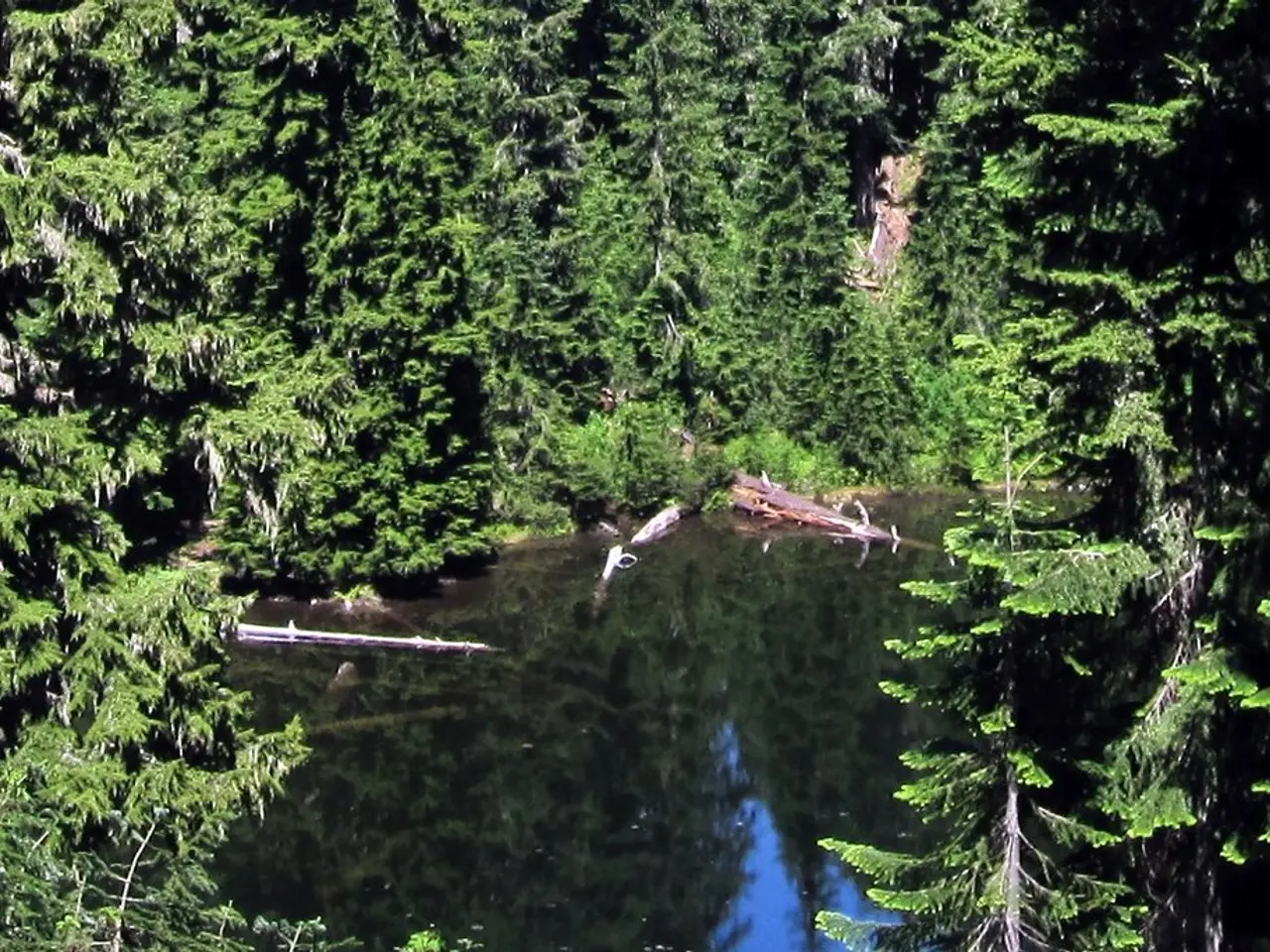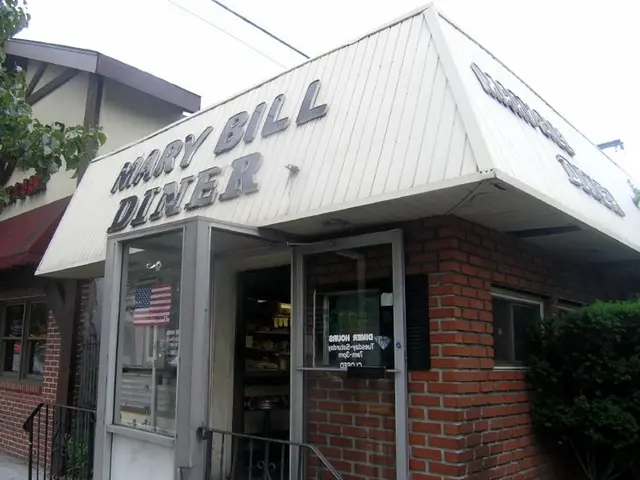Wetland Improvement Using Permaculture: Guide for Environmentally-Friendly Design Strategies
Permaculture wetlands, shallow sloping depressions designed to slow water flow and recharge groundwater, are gaining traction as a sustainable solution for water conservation and biodiversity enhancement. These man-made habitats mimic natural patterns, promoting water quality, supporting ecosystems, and increasing crop yields.
The best practices for implementing permaculture wetlands focus on creating systems that slow water flow, spread water across the landscape, and sink it into the ground. This approach not only recharges aquifers but also supports a diverse range of wildlife.
Designing with permaculture ethics and principles is crucial. By prioritizing care for the earth and all living beings, we can create resilient, regenerative water systems. Incorporating structures like leaky weirs, contour swales, and wetland basins slows runoff, spreads it evenly, and promotes infiltration.
Strategic integration of native vegetation is another key practice. Floating-leaved plants like water lilies shade water, reducing algae. Submerged plants, such as pondweed and hornwort, oxygenate water and support aquatic life. Marginal plants, such as swamp milkweed and Joe Pye weed, filter runoff, provide nectar and seeds, and stabilize pond edges.
Enhancing habitat connectivity is essential. Positioning wetlands as part of larger ecological corridors linking forests, farmland, and rivers improves biodiversity, natural pollutant filtration, and climate resilience.
Promoting soil and water health is another critical aspect. Building soil organic matter improves its water-holding capacity and reduces erosion. No-till or minimal-till practices around the wetland maintain soil integrity, while contour plowing and windbreaks nearby protect the wetland system and prevent sedimentation.
Supporting local wildlife is also important. Designing wetlands to provide breeding, feeding, and shelter habitats for frogs, insects, birds, and other native species enhances ecosystem services such as pollination and natural pest control.
Community involvement is vital for successful permaculture wetland projects. Engaging with local communities and experts to restore catchments and wetlands ensures long-term stewardship and integration with urban or rural planning.
Integrating aquaculture into permaculture wetlands can further enhance biodiversity, improve soil health and fertility, increase food production, and reduce environmental impact. However, it's important to maintain a balanced system for the fish and the environment.
The mix of regenerative agriculture and ecological design will be vital in creating stronger, healthier wetlands that benefit both nature and our communities. Case studies in permaculture wetland enhancement show how these methods can improve water quality, help many species, and provide practical lessons for different locations.
Key milestones in wetland creation projects include grant awards, planning workshops, hiring professionals, QAPP and FOM approvals, and monitoring practices. Lessons learned from past projects include involving local people in planning and doing these projects, and doing thorough site checks and monitoring.
By combining these strategies, permaculture wetlands function as sustainable water storage and filtration systems that also nurture rich wildlife habitats, strengthen landscape resilience to droughts and floods, and support sustainable agricultural and urban water use.
For more help, check out academic articles on agroforestry, books like "Permaculture Guide to Reed Beds" and "Gaia's Garden", and join local permaculture groups. Almost two-thirds of the nutrients found in feeds used in aquaculture are not consumed by cultured fish during growth and are released into the environment. Integrating permaculture wetlands into our landscapes can help mitigate this environmental impact.
- Incorporating permaculture wetlands, shallow sloping depressions designed for water conservation and biodiversity enhancement, follows natural patterns to slow water flow, recharge groundwater, and promote soil health.
- Leaky weirs, contour swales, and wetland basins are structures that slow runoff, spread water evenly, and encourage infiltration in a permaculture wetland system.
- Strategic placement of native plants like water lilies, pondweed, and Joe Pye weed within a wetland improves its biodiversity, reducing algae, oxygenating water, and filtering runoff.
- Beyond water management, designing permaculture wetlands as part of larger ecological corridors benefits biodiversity, natural pollutant filtration, and climate resilience.
- Enhancing soil health is essential for permaculture wetlands, as building soil organic matter improves water-holding capacity, reducing erosion and maintaining soil integrity through no-till practices.
- To support local wildlife, design permaculture wetlands to provide habitats for frogs, insects, birds, and other native species, which in turn offers ecosystem services such as pollination and natural pest control.
- Collaborating with local communities and experts ensures the long-term stewardship and planning of permaculture wetlands, benefiting both the environment and our communities through increased biodiversity, improved water quality, and enhanced resilience to droughts and floods.




